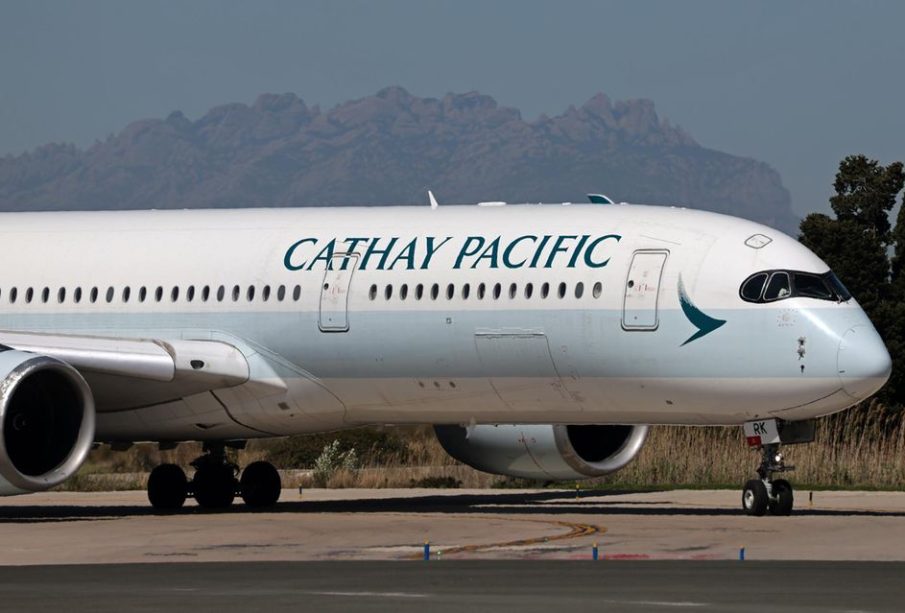Cathay Pacific’s Commitment to Sustainable Air Travel

Introduction
Cathay Pacific, Hong Kong’s flagship carrier, has recently made headlines for its commitment to sustainability and innovative approach to air travel. In a time when the aviation industry faces scrutiny over its environmental footprint, Cathay Pacific is taking significant steps to reduce emissions and overall impact. This is not just relevant for environmental advocates but also for travelers who are becoming more conscious of their travel choices.
Sustainability Initiatives
In light of global climate change discussions, Cathay Pacific announced a range of initiatives aimed at reaching net-zero carbon emissions by 2050. The airline has begun upgrading its fleet with more fuel-efficient aircraft, as well as implementing sustainable aviation fuel (SAF) usage to reduce greenhouse gas emissions. According to the International Air Transport Association, airlines like Cathay Pacific that transition to SAF can potentially cut emissions by up to 80% over the fuel’s lifecycle.
Additionally, in September 2023, Cathay Pacific launched its ‘Fly Greener’ program, encouraging eco-friendly practices among its passengers and staff. This initiative includes options for travelers to offset their carbon emissions when booking flights, as well as promoting digital boarding passes and onboard recycling programs.
Passenger Experience Enhancements
Meanwhile, Cathay Pacific is also working enthusiastically on enhancing the passenger experience. In August 2023, the airline unveiled a new lounge space at Hong Kong International Airport, designed not only for comfort but also featuring sustainable materials and energy-efficient technologies. This lounge aims to provide an inviting atmosphere while reflecting the airline’s commitment to sustainability.
Furthermore, Cathay Pacific’s updated in-flight services now include a focus on locally-sourced meals, showcasing the culinary diversity of Asia while minimizing the carbon footprint associated with food transportation.
Conclusion
Cathay Pacific’s proactive approach toward sustainability sets a positive example in the aviation industry, balancing the need for air travel with the urgency of environmental concerns. As initiatives expand and evolve, passengers can look forward to more environmentally friendly travel options. The airline’s actions serve not just as a reflection of its corporate responsibility but also as a necessary evolution in a sector increasingly affected by climate change. As global travelers become more eco-conscious, the anticipation is that airlines like Cathay Pacific will lead the charge toward a greener future in air travel.









